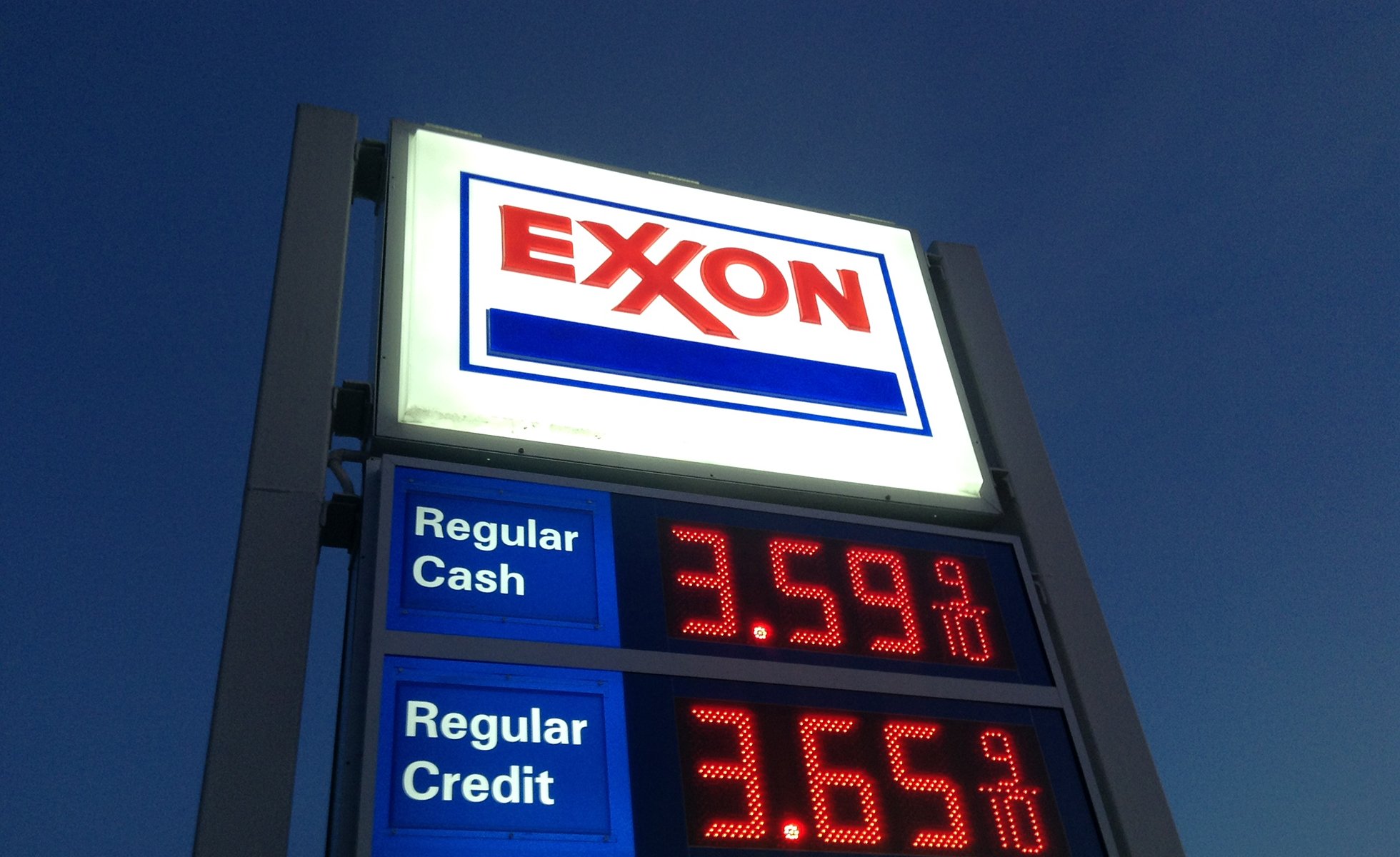In North America, governments and corporations facilitated infrastructure to get people to use oil and gas as if they were limitless. Companies like Ford built cars bigger than necessary, and although early models ran on ethanol, the oil boom made petroleum the fuel of choice. Public transit systems were removed and governments used tax revenues to accommodate private automobiles rather than buses and trains.
The oil industry fulfilled many of its promises and became the main driver of western economies. It increased mobility and led to job and profit growth in vehicle manufacturing, oil and gas, tourism and fast food, among others. Petroleum-derived plastics made life more convenient.
The industry boom and the car culture it fuelled had negative consequences, though — including injuries and death, rapid resource exploitation, pollution and climate change. Plastics are choking oceans and land.
Are these unintended consequences? When did people learn burning large quantities of fossil fuels might be doing more harm than good? Evidence suggests scientists, governments and industry knew all along there would be a steep price to pay for our excesses.
In the late 1800s, Swedish scientist Svante Arrhenius warned that burning fossil fuels and increasing carbon dioxide emissions would initiate feedback loops and increase water vapour in the atmosphere, causing global temperatures to rise. Scientific evidence for human-caused global warming has since increased to the point of certainty, but while few would dispute that burning coal, oil and gas causes pollution and public health problems, many still believe the role of fossil fuels in climate change is contentious.
There’s a reason for that: According to volumes of research by journalists, investigators and academics — including a new peer-reviewed study — some of industry’s largest players have long been deceiving the public about climate science.
The new study, by Harvard’s Geoffrey Supran and Naomi Oreskes and published in Environmental Research Letters, analyzes 40 years of research and communications by Exxon Mobil. “Our findings are clear: Exxon Mobil misled the public about the state of climate science and its implications,” Oreskes and Supran write in a New York Times opinion article. “Available documents show a systematic, quantifiable discrepancy between what Exxon Mobil’s scientists and executives discussed about climate change in private and in academic circles, and what it presented to the general public.”
Taking up Exxon’s challenge to “Read all of these documents and make up your own mind,” the researchers examined the company’s scientific research, internal memos and paid public-facing “advertorials.” They concluded that, although the company knew of and communicated internally about its product’s climate impacts and the danger of it becoming a “stranded asset,” it told the public a different story.
Exxon placed paid opinion articles in the New York Times between 1989 and 2004, at a cost of US$31,000 each. Contrary to the company’s own research and internal communications — as well as overwhelming scientific evidence from around the world — the articles argued, among other things, that, “The science of climate change is too uncertain to mandate a plan of action that could plunge economies into turmoil,” and, “We still don’t know what role man-made greenhouse gases might play in warming the planet.”
Oreskes and Supran also note Exxon is being sued by current and former employees and investigated by the New York and Massachusetts attorneys general and the federal Securities and Exchange Commission. Much relates to whether the company “misled consumers, shareholders or the public about the environmental or business risks of climate change, or about the risk that oil and gas reserves might become stranded assets that won’t be developed, affecting shareholder value.”

